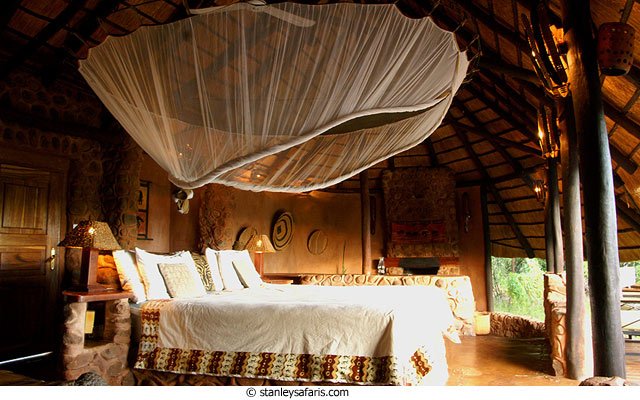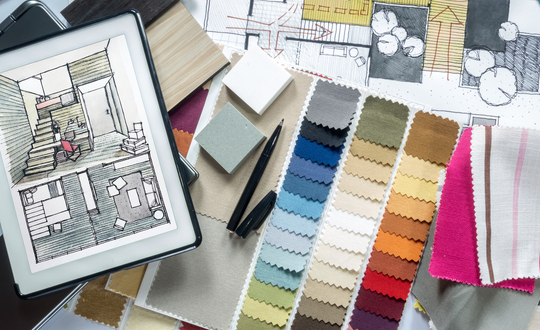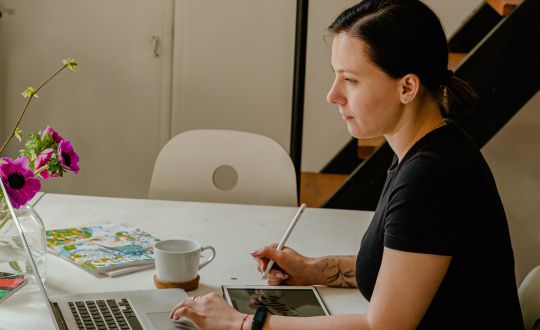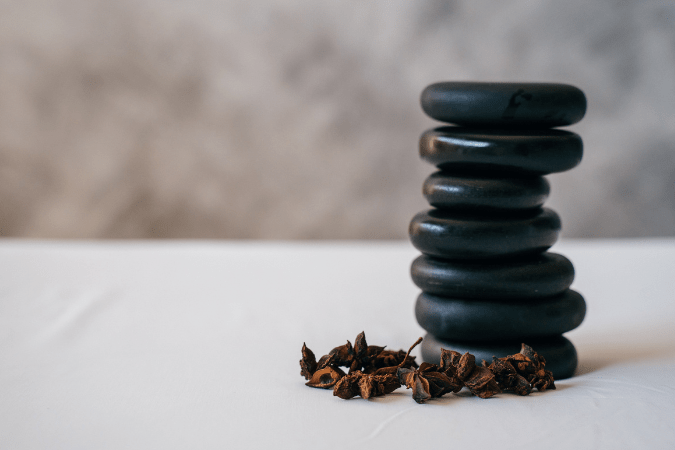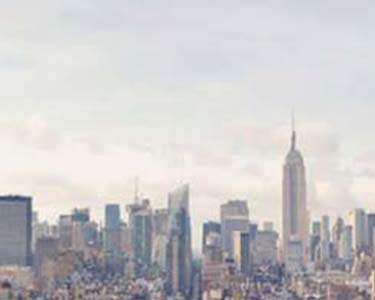As we strike out into the unknown territory of the new year and new decade, the trends in interior design reflect two of the biggest concerns preoccupying everyone: the economy and the environment. Both these topics could be daunting — and yet many designers are finding ways to make great rooms and have fun doing it while addressing both these very serious problems facing us all.
We asked NYIAD graduate Linda Senn, owner of Decorate Smart in Ventura County, California, what she saw as the biggest trends for 2010, and she had a very concise answer: responsible design.
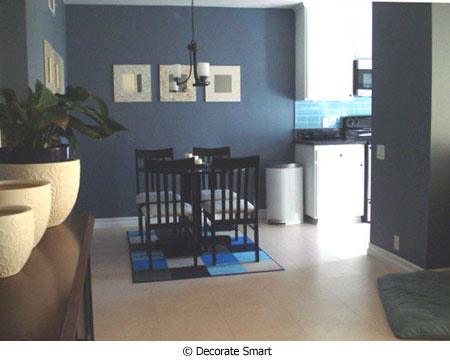
"As a nation we have become acutely aware of our effect on the health of our environment. To add to that, the shock of the economic crisis has woken us up to the fact that less can be so much more," she said.
Senn has seen a recent uptick in designers stepping out of the norm and setting their sights on creating products that "focus on function, practicality, and environmental protection.
"The astounding thing is that these new products have not sacrificed a thing when it comes to beauty," Senn said. "Form, function, textures, and textiles are sleeker, sexier, vibrant, and exciting, with most products designed with multiple functions in mind."
Another NYIAD Complete Course in Interior Design graduate, Kelly Porter of Porter House Designs in the Baltimore-Washington DC area, sees clients cutting back on buying new items, which has the dual advantage of sparing the environment by recycling and, often, of being less expensive.
"One of the hottest trends for 2010 will be a mismatch or mix-and-match style. For example, we'll be seeing more dining tables with mismatched chairs that could be different colors or styles," Porter said.
Other examples she's seen are a sofa flanked by two differently-styled end tables or accent chairs, or a pair of mis-matched candlesticks. "This trend is all about bringing a casual style to our lives. Our homes are becoming less fussy and formal; we're purchasing one-of-a-kind pieces from eBay, Craig's List and Homegoods — and the way we design reflects this culture of no-frills shopping."
With more layoffs in the past year, more people are resorting to starting or amping up their home businesses, whether it's as a consultant, a free-lance editor, or a home-based sales business. This means that the home office will be getting a lot of attention in the coming year is the home office, according to Porter.
"With more people tele-commuting and starting home-based businesses, the home office has become almost a necessity," she said. And we've moved on from just having a computer set up in the living room.
"People are giving this space more thought than before," Porter said. "These days, it's not uncommon to see a beautiful chandelier or lamp, high-end flooring and unique wall treatments — different colors, wall decals, stenciling — in a home office. This room in no longer an afterthought. People want their home offices to be attractive and to reflect their personal style."
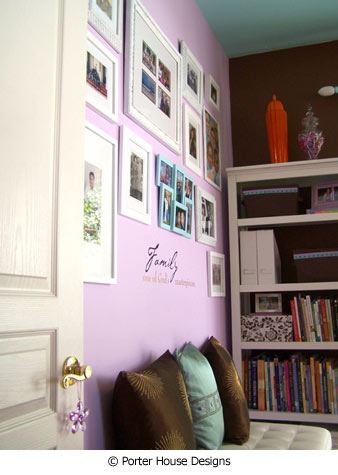
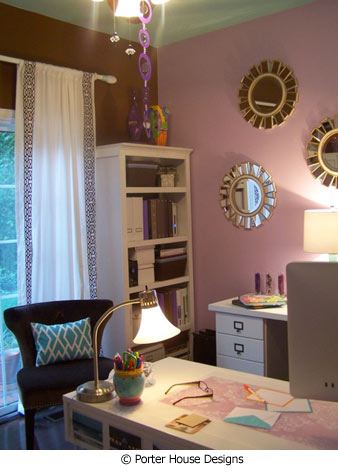
Linda Senn sees the key in all rooms being more about functionality in the coming year, and the definition of the function of a particular room is being expanded.
"Living spaces are being created outdoors, with outside kitchens and living rooms at the top of the list. Bathrooms are being turned into home spas, and bedrooms into exotic getaways, instead of just a place to sleep."
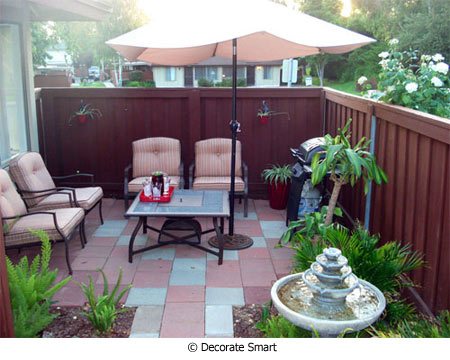
Reflecting the pinched economy, people are finding tricks to make their space seem bigger, Senn said. "Living rooms are being opened up to be an extension of the kitchen to create the illusion of more usable space. Square footage is being maximized, we are making what we have seem like even more."
Even though the economy is on everyone's mind, it's not stopping designers from creating beautiful spaces, Senn said.
"In general, clients — and designers who are creative and resourceful — have not let the economy stop them from creating amazing spaces," Senn said.
With clients more aware of where their dollars are going, designers have had to meet the challenge of providing more for less, she said.
"Some designers have shown their clients how to make the most of their dollars by purchasing a few high ticket items, and creating the rest of the look using more affordable products. Other designers have taken their business to the Internet and are offering design plans that the clients then carries out themselves."
Porter also sees the economy as pushing designers to come up with innovative ways of working.
"The economy has also forced homeowners to become more design savvy," Porter said, adding that she often works with clients as a consultant rather than entering into a full-blown contract for a complete re-design.
"People love this option because it's less expensive than a long-term commitment," she said. Like Senn, she is offering e-design services.
"This is also an affordable way for clients to receive a professional design plan, even if they don't live within close proximity to where I'm located. Both of these services are best for clients who don't need a lot of hand holding, and are willing to roll up their sleeves a bit," Porter said.
Forestalling climate change is also on the minds of designers and their clients, and this trend will likely grow in the coming years. While "green design" is still a relatively new concept to many people, Porter sees clients who want to consider eco-friendly options in building materials such as recycled wood, thermal windows, and water-conserving toilets. "There are folks who want to help our environment in some way, even if it is a small gesture such as replacing their existing light bulbs with LED or compact fluorescent bulbs," she said. "Homeowners are definitely interested in learning more about green design and how it can fit into their budgets."
Increasingly, Senn sees her clients as more educated about green design, which in turn is creating a greater demand for products that are "sustainable, safe for the environment, and organic," she said.
"Product designers have met this demand, and there are many options now available for designers to offer their clients. More attention will be given to renewing what we have, and breathing new life into the things we have with a fresh new coat of paint. We will be throwing away less, and appreciating that which is old, worn, and still usable," she said.
She particularly likes these water-efficient faucets from ABM. The Again faucet range presents a simple, sustainable design that is as efficient as it is true to its style. Inspired by water, this sleek chrome faucet features a seamless design with an ergonomic curve that is as appealing to the eye as it is to the touch. The water nozzle is barely visible in this chic, minimalist design. All you see is pure elegance. This eco-friendly faucet is finished with a delicately designed temperature control. More information on these water efficient faucets is available at ABM.
Senn pointed out that this move toward what is organic and environmentally friendly means moving toward products that contain no dye or dye that is made from natural products, and that in turn will continue to influence color palettes, brining in more neutral colors like green, brown and beige.
Color will also be bringing in "hope, serenity, comfort, security, and escape," Senn said.
Porter sees the colors for the coming year in the United States as being influenced in part by First Lady Michele Obama's choices, with purples and corals predominant. "Americans are falling in love with color again," Porter said.
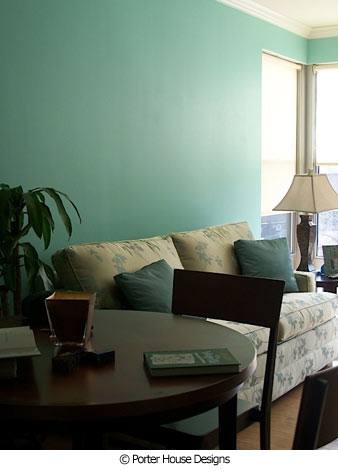
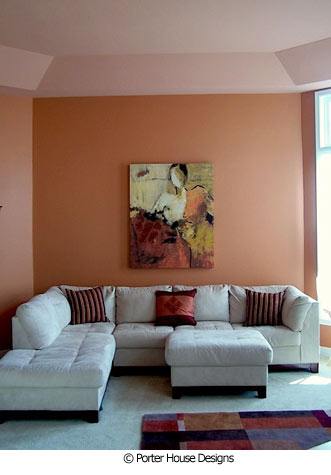
"Design magazines and web sites are doing a better job of emphasizing color as a major design element," Porter said. "People are not as afraid of painting and coordinating colors because they're starting to see more ways of how different hues can be combined."
Pantone has announced that turquoise will be the color of the year, providing "a feeling of exotic escape and tranquility as we relate it to fantasy get aways, and the tranquility of water, and beautiful blue skies," Senn said.
Yellow and moss green will also be making an appearance.
Senn also sees lavender as coming in as a "must-have color for the bedroom, signifying elegance and luxury in a toned down fashion." We'll even be seeing it as a new shade for appliances.
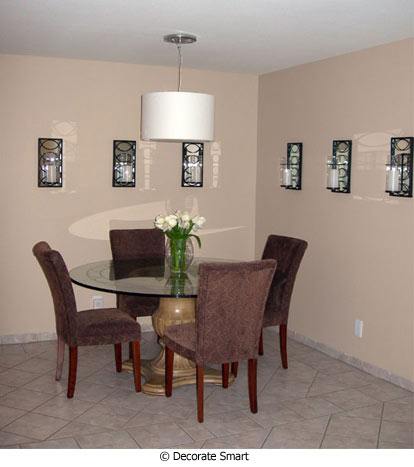
"In a bad economy, lavender provides a lift, allowing you to feel royal in the kitchen or laundry. Slate and charcoal grays are the new neutrals, however with the continued surge in interest in organic or environmentally friendly products, beiges, browns, and greens will continue to be in play."
When we interviewed Senn and Porter, the main point on which they diverged was in terms of exteriors of homes. Porter sees homeowners continuing to stay the course, going with classic looks that "reflect the style and culture of the region that they're located in."
"Most homeowners want to blend in with the neighborhood," Porter said. "In addition, homeowner associations often ensure that home exteriors stay consistent throughout the community. I think homeowners will stay conservative on the outside and express themselves creatively on the inside."
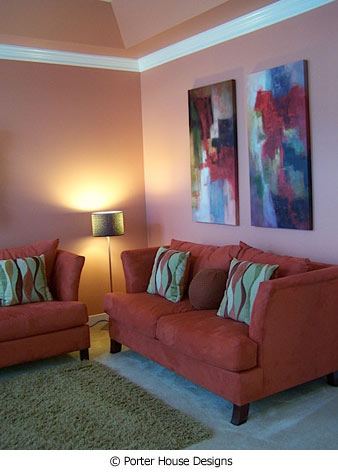
Senn sees the trend going in the opposite direction.
"With so many exceptional colors available, people are committing to rich, sophisticated colors for the outside of their homes."
Perhaps it's the housing crisis that's contributing to more attention being paid to "curb appeal," but there is also an ideology of extending the indoors outdoors, Senn said.
"Exterior colors and style are being amped up to show the character of the indoors outside, and porches are also being turned in to outdoor rooms," she said. "Exteriors are no longer outdoor spaces, they are extensions of the square footage of the home, and are being given as much attention to function, mood, and harmony, as the interior spaces."
The new and innovative eco-friendly and sustainable building materials which are rapidly becoming more available are helping to encourage more attention to exteriors. "These products are in high demand, and will be a strong driving force in exterior trends for 2010."
Designers today are among the most innovative people, and the creative way they're turning the troubles of our times into distinctive looks for the home proves that. We're looking forward to seeing what 2010 will bring as we work together to bounce the economy back and protect our fragile, beautiful world.



